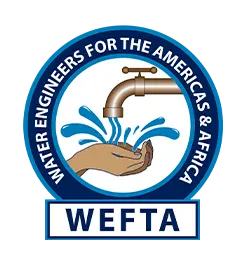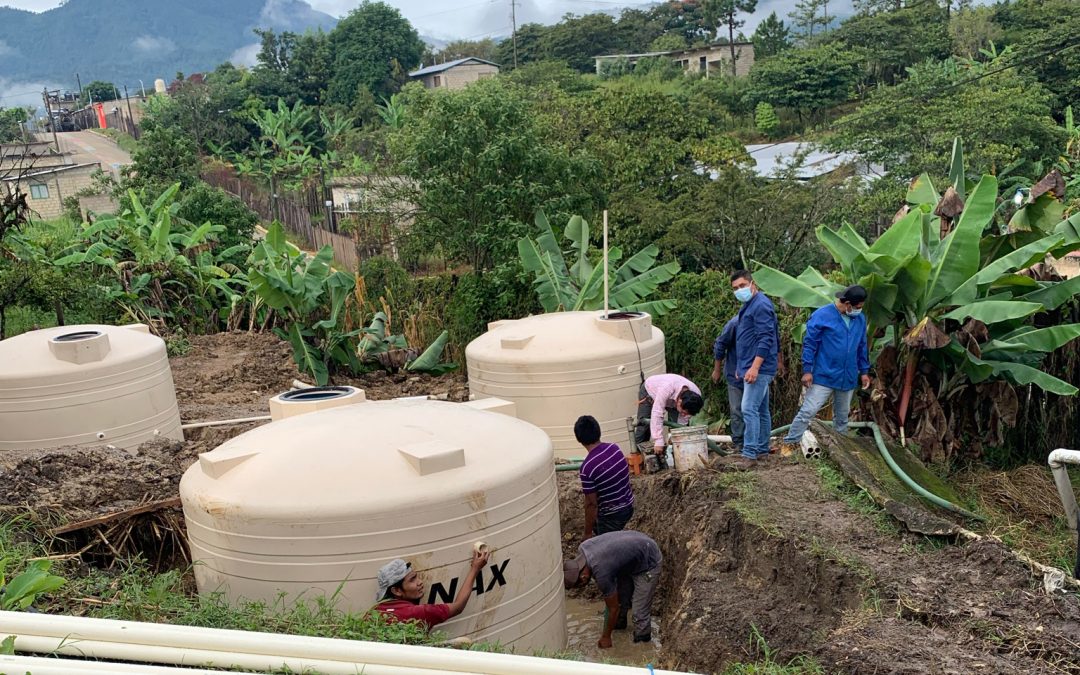People of the developed world might find it difficult to imagine seeking medical attention in a health care facility that lacks basic water, sanitation, and hygiene services, known collectively by the acronym “WASH.” Yet, according to a 2020 World Health Organization report, half of all health care facilities in the 47 low-resource countries of the globe lack basic water services; 60% have no sanitation services, such as toilets; and 70% lack basic health care waste management services. Additionally, about 25% lack hand hygiene services at the point of care.
Projects that address these deficiencies are helping to move the world closer to the global 2025 target of at least 80% of all health care facilities having basic WASH services. One such project was recently completed at the Hospital San Carlos in Altamirano in the Mexican state of Chiapas. Until recently, the health care facility, situated on the edge of the jungle, was in dire need of both water and sanitation improvements.
Hospital San Carlos has been serving the indigenous and low-income residents of Altamirano, including the Tzeltal community, since 1969. Patients travel up to 12 hours along jungle roads to reach the busy medical facility. The hospital was designed to be both contiguous with the surrounding natural environment and resistant to structural damage in this earthquake-prone region of Mexico. The Daughters of Charity of St. Vincent de Paul have managed the facility since 1975. Patients receive free medical services but are charged for pharmaceuticals; payment sometimes takes the form of oranges, corn, or coffee.
As part of the Hospital San Carlos Water Supply and Wastewater System Improvements project under the WEFTA WASH in Healthcare Facilities initiative, the hospital’s inadequate water supply was addressed. Over the years, the quantity of water piped three kilometers from a spring to the hospital had diminished significantly due to unauthorized tapping by residents. The sisters collaborated with WEFTA and the local government to secure a new water storage tank and pipes, which not only serve the hospital, but also accommodate community needs.
Before the WEFTA initiative, hospital wastewater was released into the local wastewater collection system and discharged into the Rio Tzaconeja. With a water supply intake point located downstream of the discharge point, this arrangement posed a health risk to consumers of river water. As part of the WEFTA WASH in Healthcare Facilities initiative, a wastewater treatment system for Hospital San Carlos was installed. Hospital wastewater is now treated and safely discharged into the river. The system will be maintained locally and WEFTA will follow up with a post construction assessment.
The WASH improvements coordinated by WEFTA and the sisters will impact some 20,000 people located in the Hospital San Carlos watershed. The World Health Organization calls WASH in health care facilities a “best buy,” investment, producing a 50% return. Specifically, WASH improvements not only raise the quality of health care, they also help prevent the spread of COVID-19, cholera, and other deadly infectious diseases, slow the spread of antimicrobial resistance, prevent the spread of hospital infections, improve the safety of births, and save money. Not a bad return on investment for health care facilities globally, and a giant step forward for Hospital San Carlos.
Written by Mary F. Ostrowski, Ostrowski & Associates, LLC

